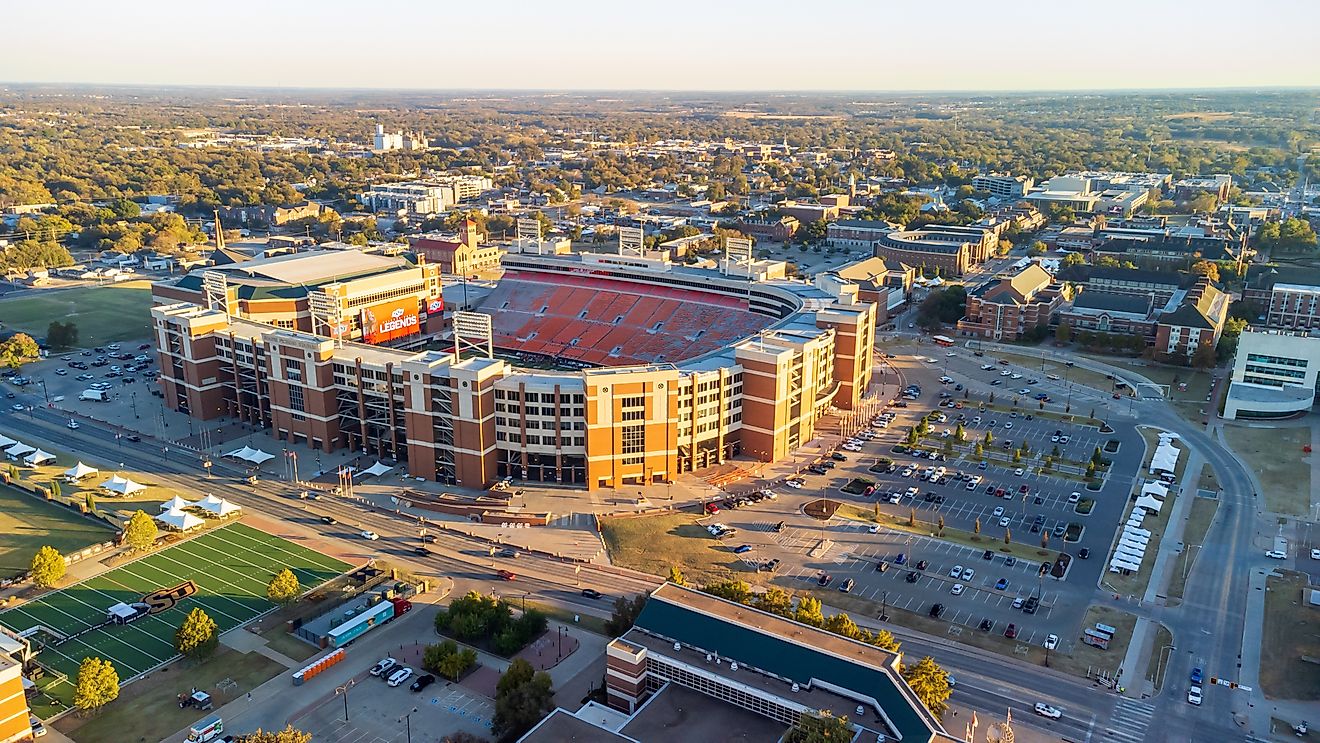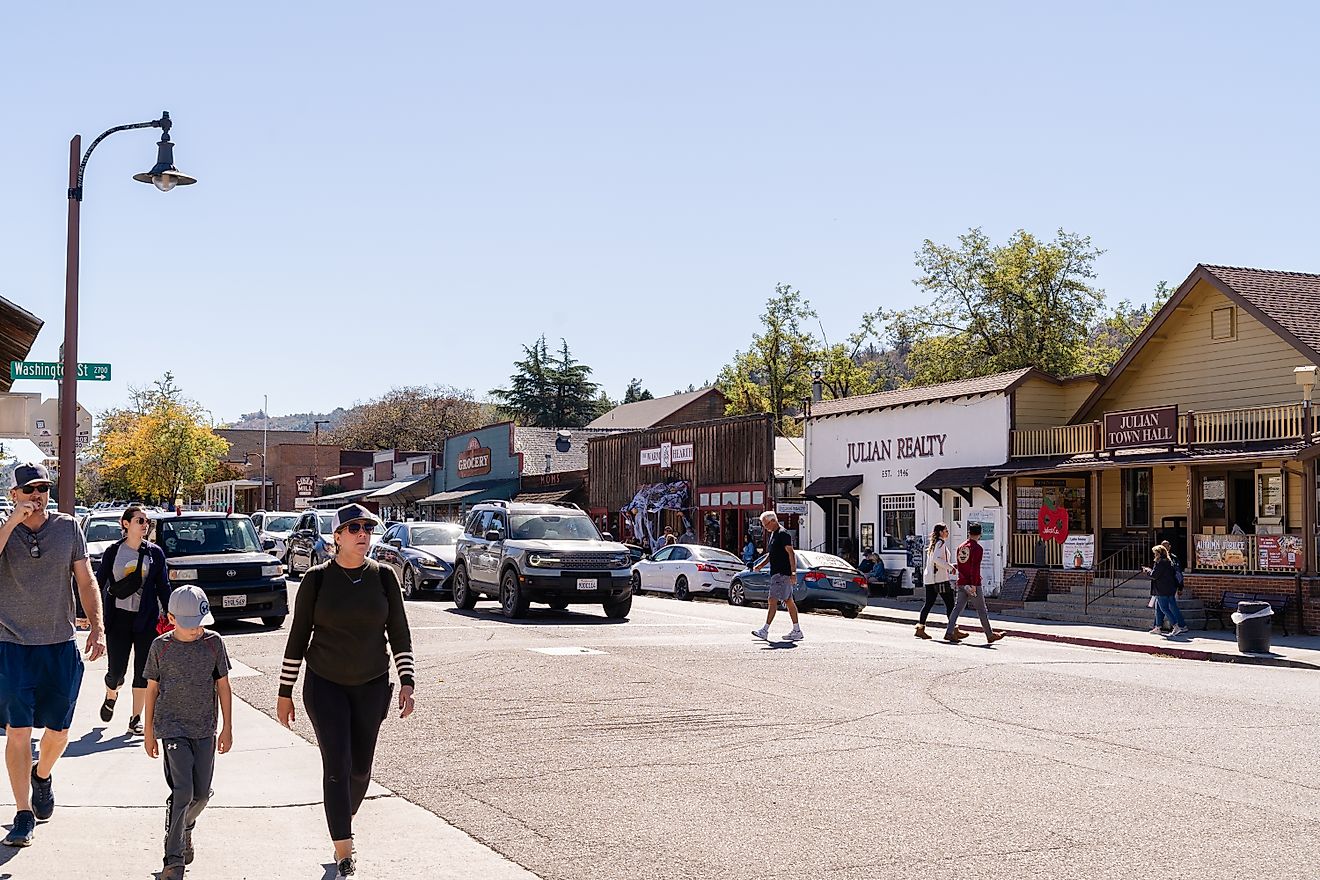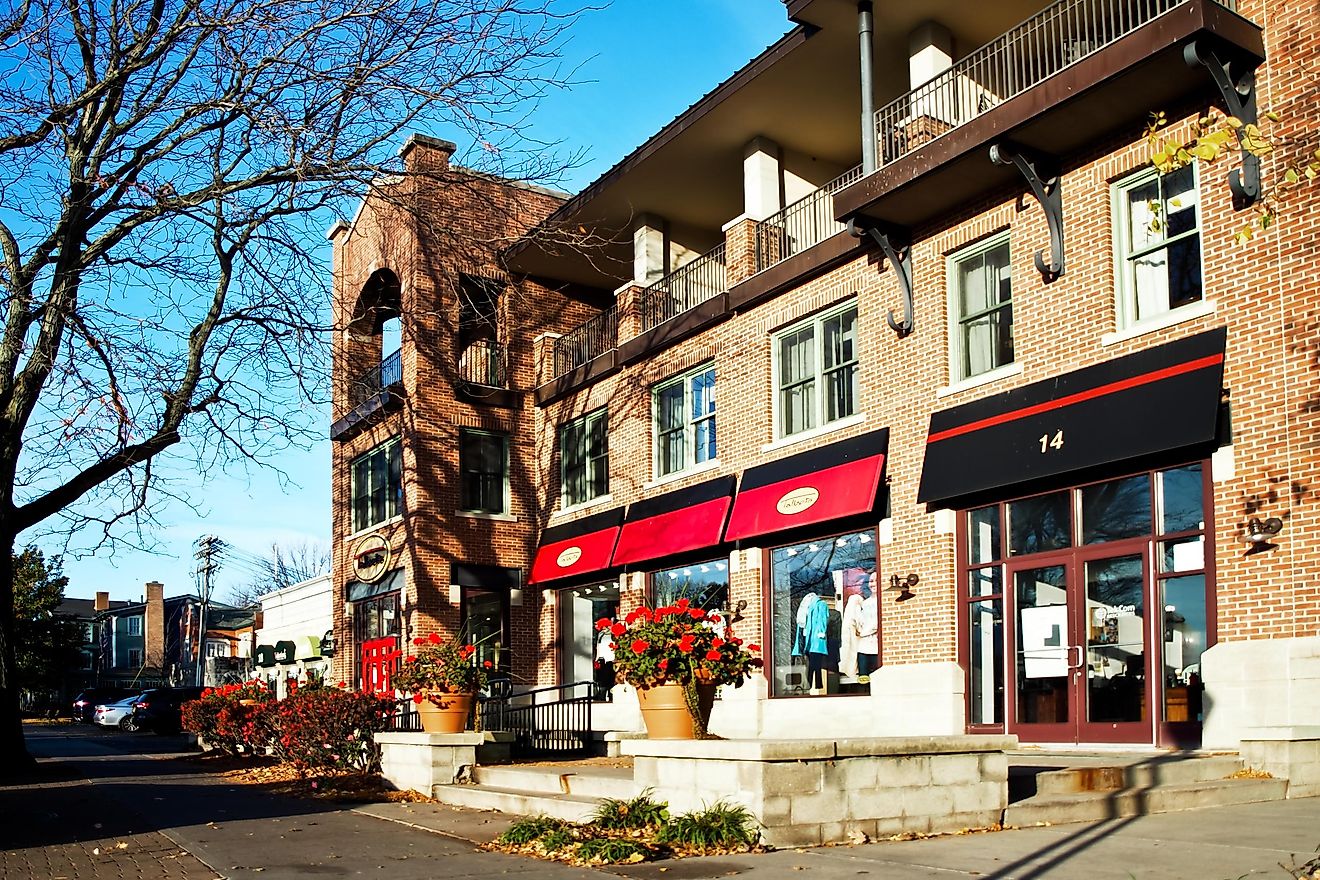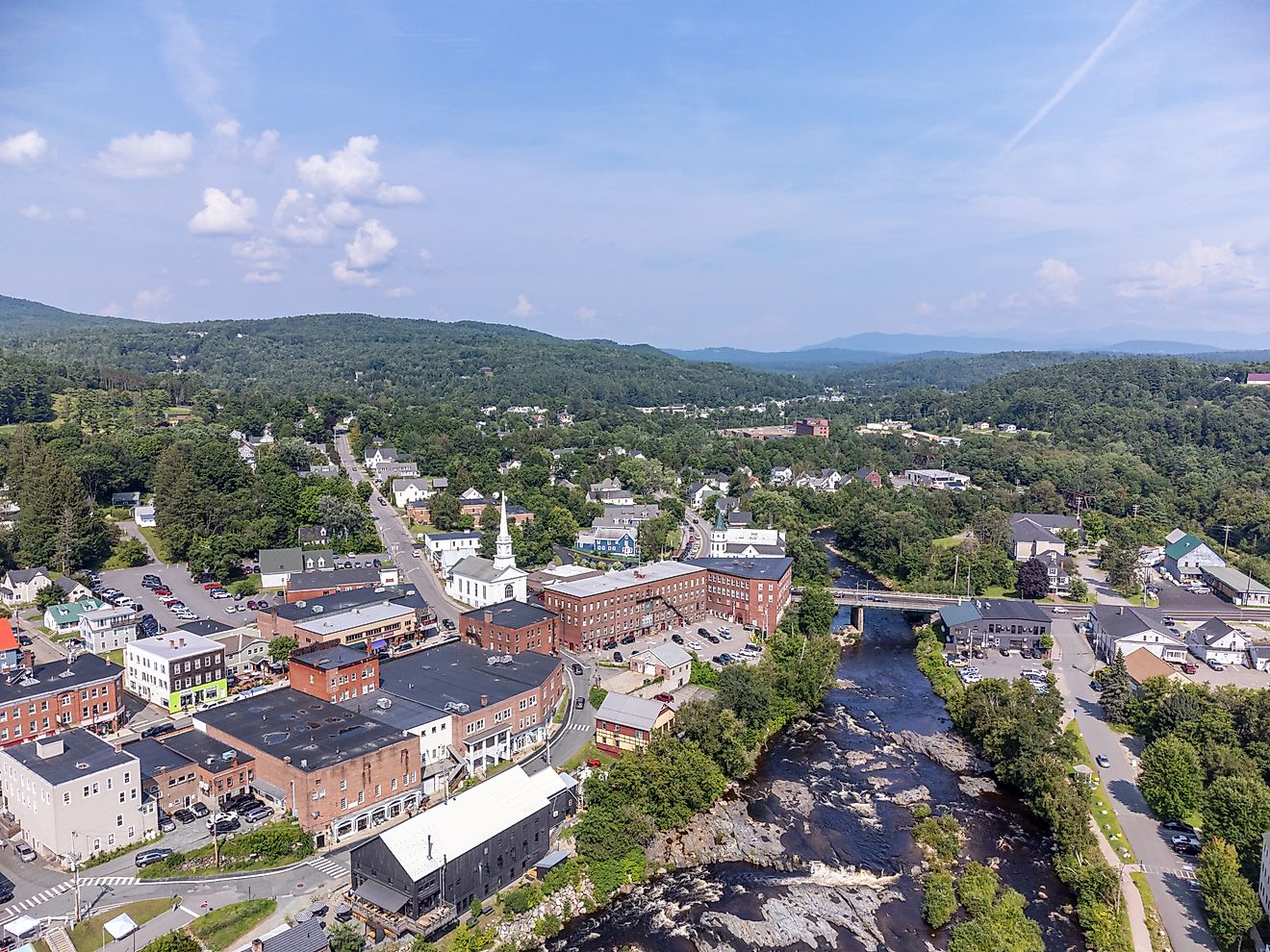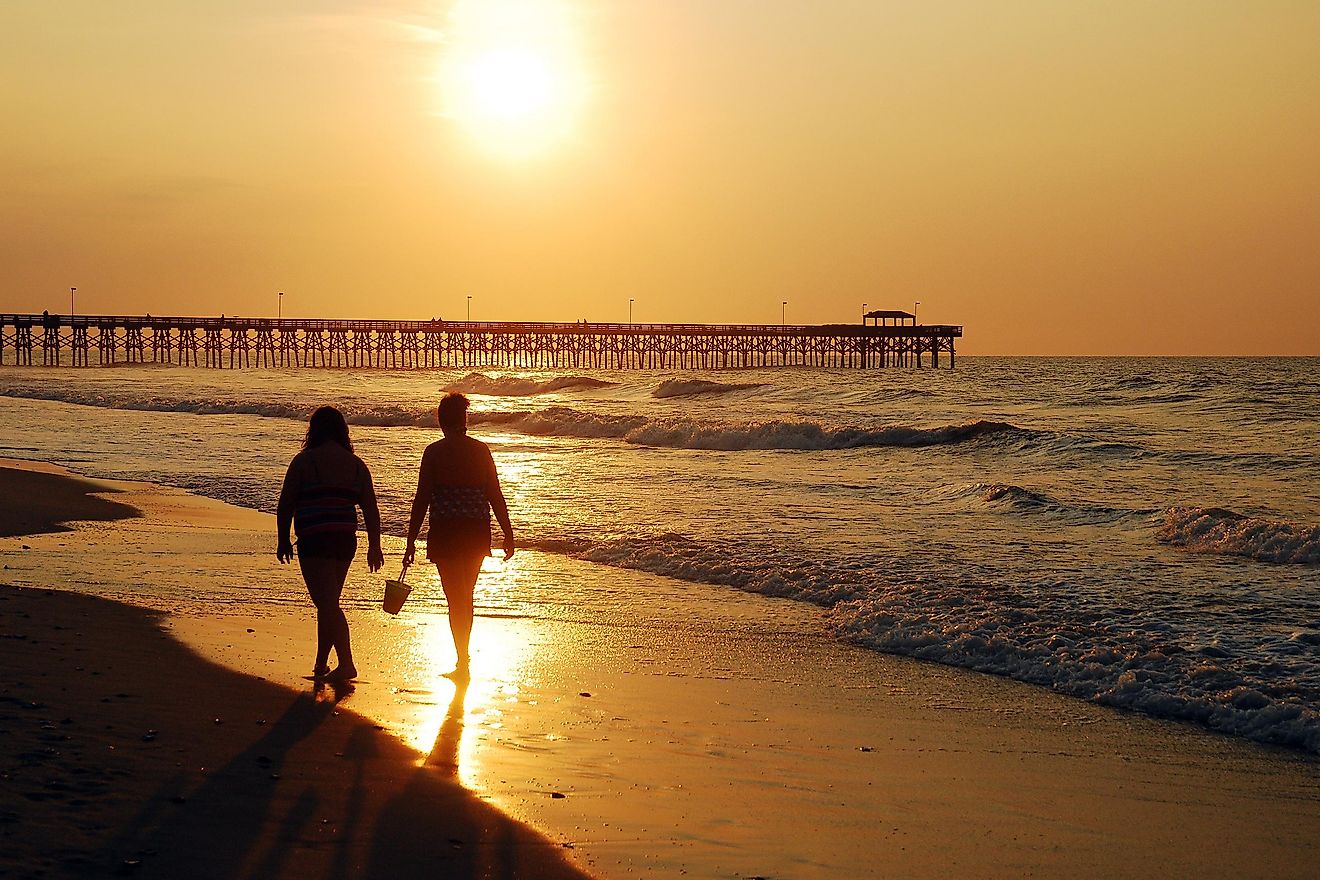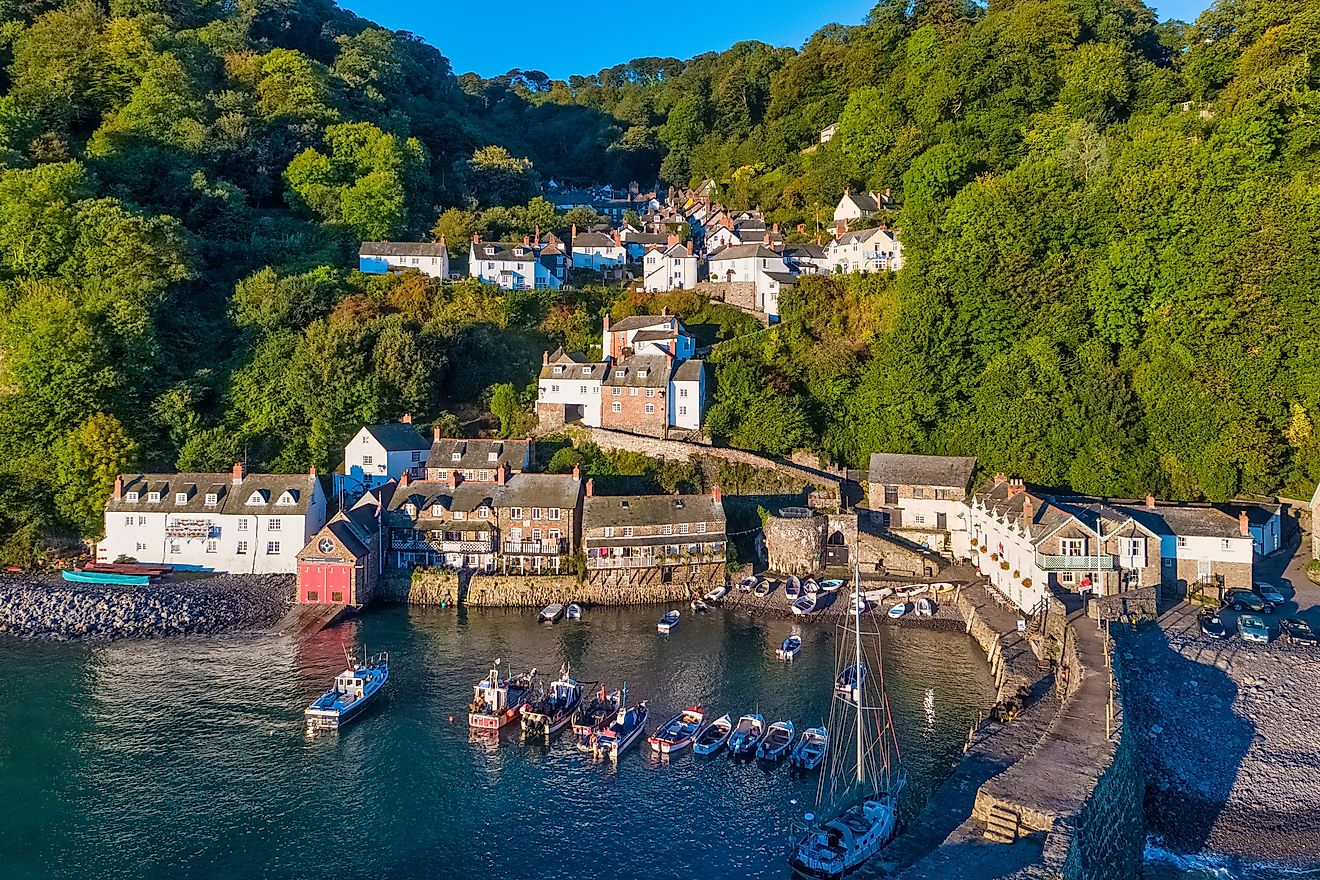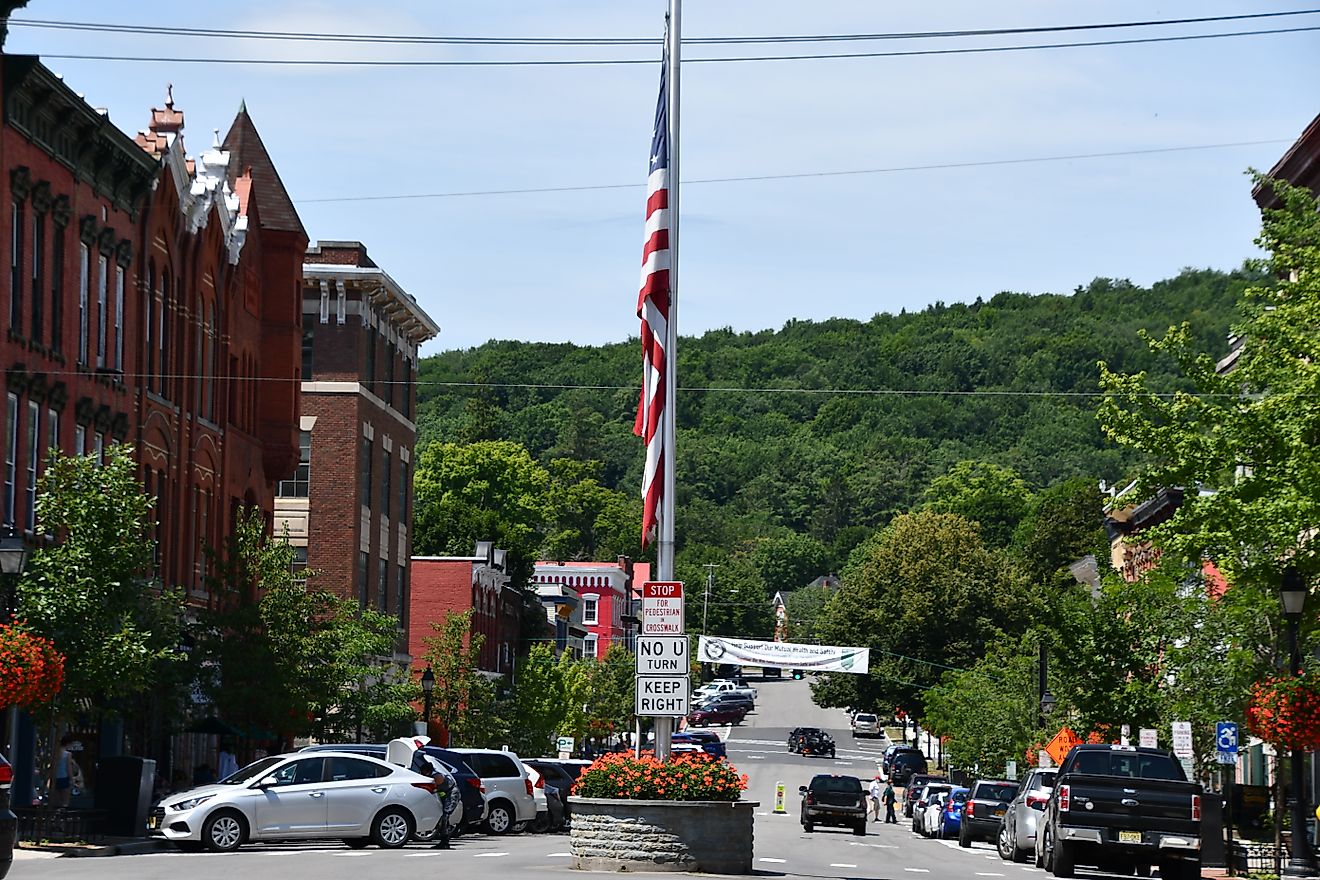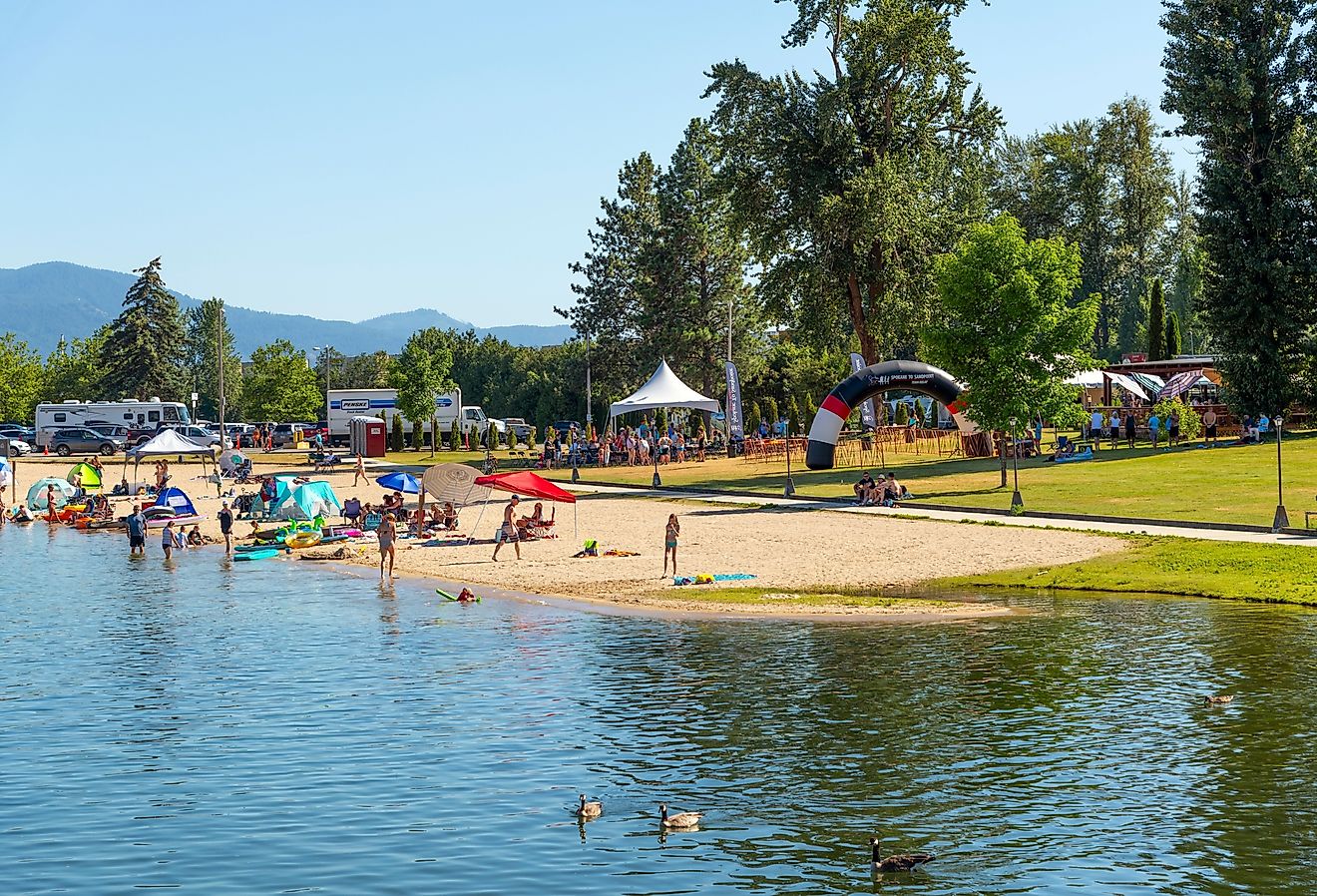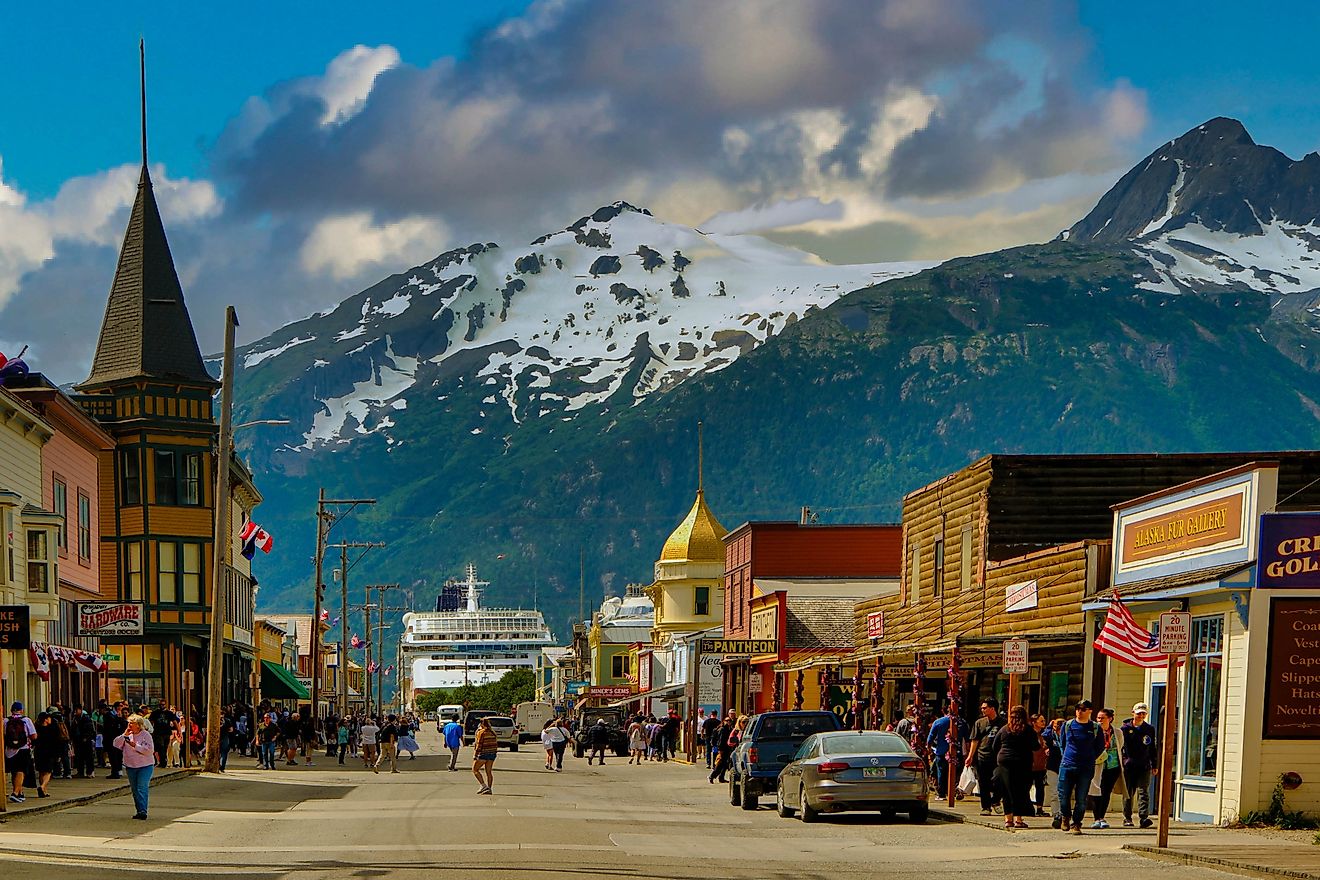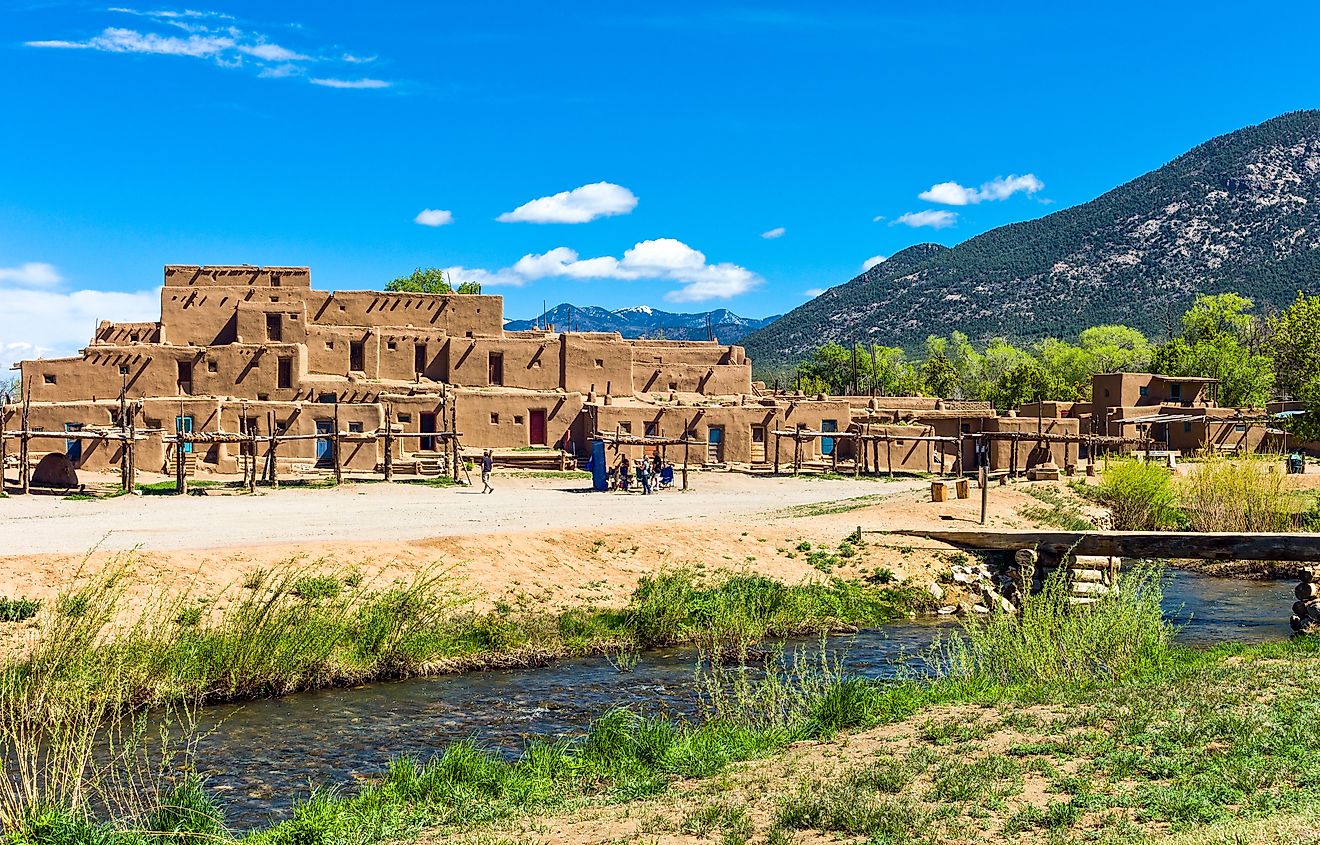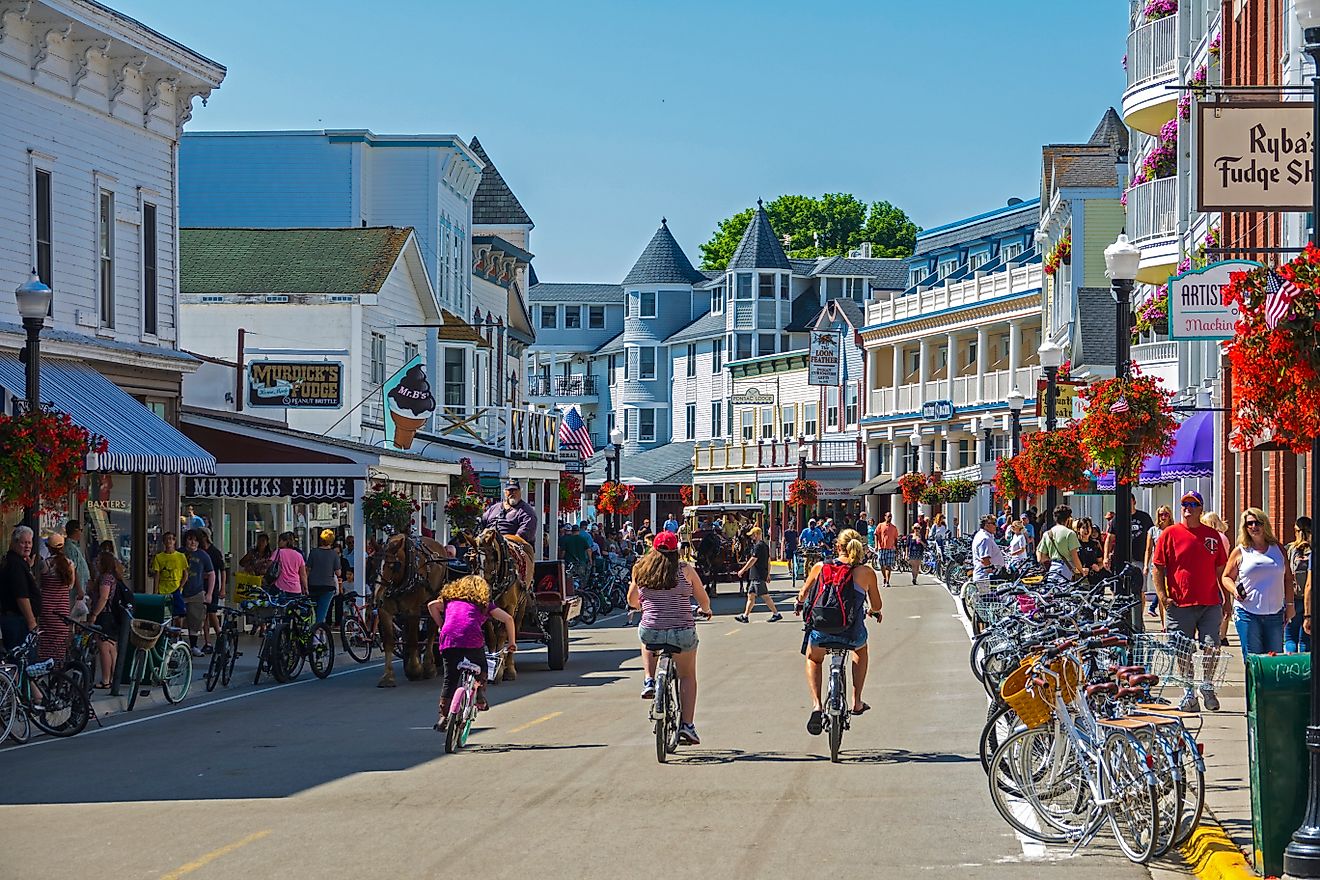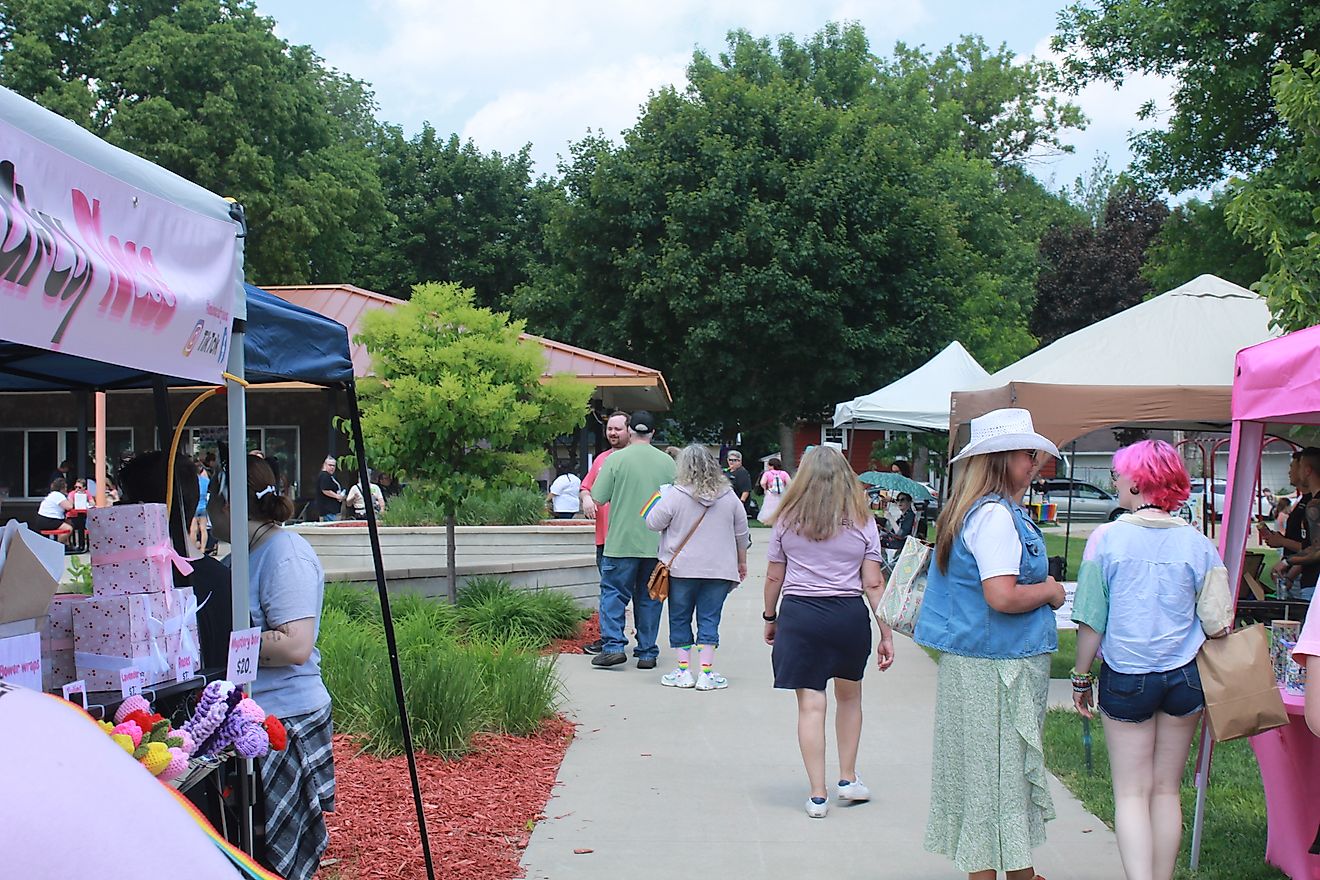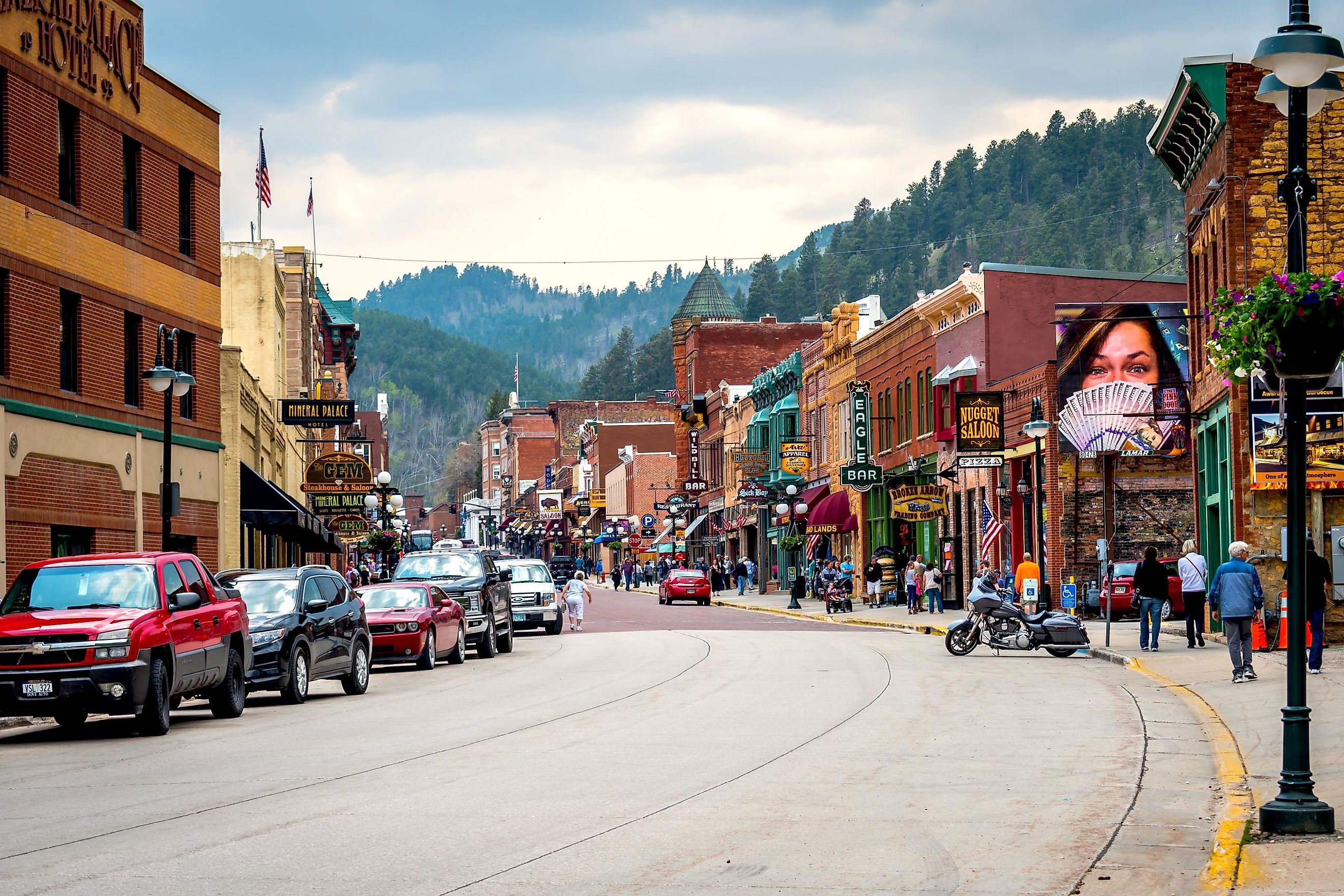
8 Towns In South Dakota With Rich History
South Dakota lies in the Upper Great Plains of the United States and is renowned for its stunning natural scenery, plentiful resources, and rich cultural heritage. While Mount Rushmore is the most famous landmark in the state, several small towns have significant historical value. Initially, Native American tribes lived in the area and enjoyed a peaceful existence until the arrival of early European settlers. With the expansion of railroads and the discovery of gold, immigrants began to move to the region, each seeking new opportunities in the untamed wilderness. As a result of the influx of new residents, these small towns grew into thriving centers of commerce and community for ranchers, pioneers, outlaws, and prospectors. Uncover towns in South Dakota with a rich history, where visitors can expect to experience the dynamic tales of the many legends who lived during the days of the Wild West.
Deadwood
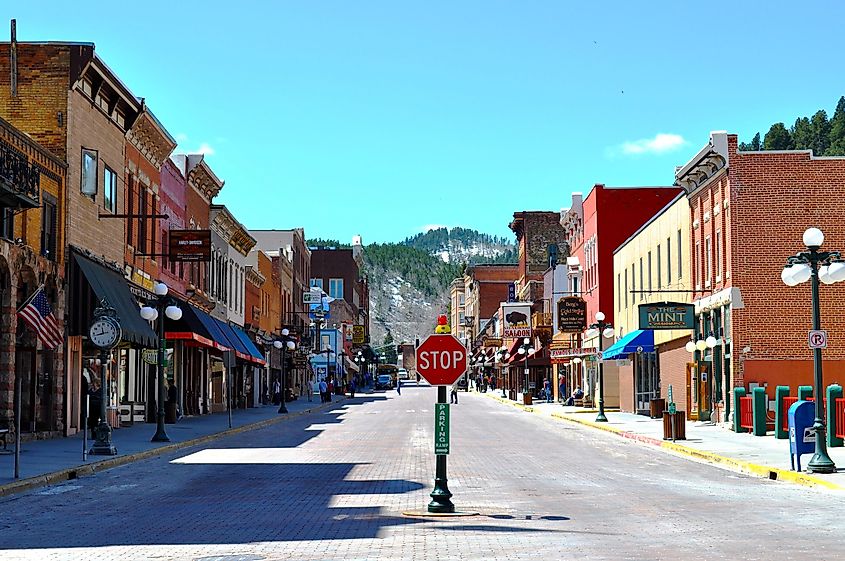
Deadwood has its roots in the gold rush era of the late 1870s. The town swiftly became known for its lawlessness as thousands of miners, gamblers, and gunslingers flocked to the area. As the town grew, it also attracted some of the most legendary figures of the Wild West, such as Wild Bill Hickok and Calamity Jane.
Today, the entire town of Deadwood is a historic district that celebrates its Old West heritage. Visitors can tour the Adams Museum, The Deadwood Brothel, or Saloon #10, where Wild Bill was killed. The Mt. Moriah Cemetery is also worth exploring because it features many old gravesites, including the final resting places for its most famous residents.
During the summer, families will enjoy watching the Deadwood Alive Players re-enact famous Old West shootouts. Keep your eyes peeled for bank robbers as you tour the town on the Lawman's Patrol, or just sit and listen to an old-time Medicine Show in the park, if you prefer. The Main Street area also offers a plethora of casinos, but don't let that dissuade you from visiting. While families with children may not have access to every area, there are plenty of other exciting activities that exist.
For a bite to eat, try the Deadwood Legends Steakhouse at the Franklin Hotel or the Deadwood Social Club for an upscale dining option. Jacobs Brewhouse is the ultimate destination if you're looking for a satisfying and delicious bison burger paired with a refreshing brew. Outdoor enthusiasts will love that the community sits in the heart of the Black Hills National Forest, which has miles of trails for hiking, mountain biking, or horseback riding. During winter, the nearby Terry Peak Ski Resort offers some of the state's best skiing and snowmobiling venues.
Keystone
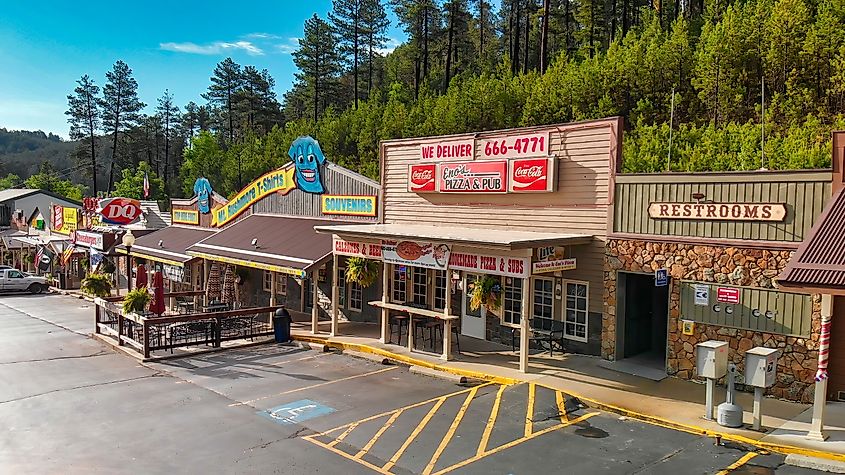
Keystone is a charming small town near the iconic National Monument of Mt. Rushmore. While most of the town's offerings are geared toward tourists, many historical sites are still worth exploring. Don't miss the Keystone Historical Museum or the Gutzam Borglam Historical Center, where you can gain a unique insight into the mind of the man who created the landmark. Additionally, during the summer months, the National Presidential Wax Museum offers visitors an excellent opportunity to explore the history of the leaders of our great country.
The downtown area stretches for about a mile and has many shops, tourist spots, galleries, and restaurants. If you want an exciting woodcarving experience, try Dahl's Chainsaw Art to see the works of local artists. During the summer, the Powder House Lodge Restaurant is an excellent place for lunch, or try Cruizzer's for a homemade authentic pizza.
Since you will likely be visiting Mt. Rushmore when you come, spend the money to get a guided tour of the landmark. The Park Service has some capable guides who can add to the history experience, take you close to the monument, and answer all your questions. Outdoor hikers will want to explore the many trails near Keystone, like the Horsethief Lake Trail, which is a moderately easy walk through deep stretches of the Black Hills National Forest. The best time to visit is during the summer when most of the venues are open, but these months are also prime tourist times, so the crowds will be greater.
Wall
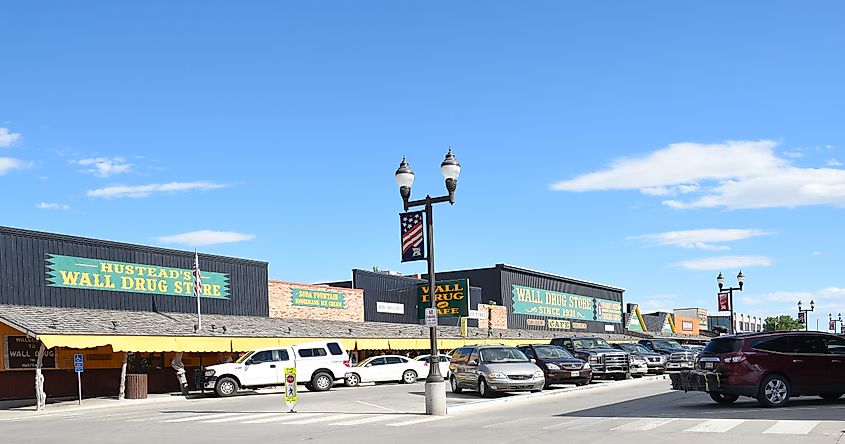
Most visitors discover the town of Wall as a tourist stop on the way from the Badlands National Park. The small community began as a rail stop for the Chicago/Northwest Railroad System in 1907. Still, it didn't reach notoriety until the opening of the Wall Drug Store in 1931. The small drugstore made a name for itself by offering free water to weary travelers during the Great Depression. Today, Wall Drugs is the main attraction, having expanded to 76,000 square feet of retail shops and dining areas. The store is a must-visit, with its Western Art Gallery restaurant known for its homemade donuts and 5-cent coffee. By the way, the drugstore still gives away water.
The National Grassland Visitors Center is a fantastic place to visit, free of charge. You'll find some incredible displays and exhibits showcasing local wildlife. If you're a hiker, you're in luck because there are plenty of trails to explore in the Badlands National Park, just eleven miles south of town. The Notch Trail is a moderate hike that takes you through a canyon and offers a great perspective of the Badlands. Alternatively, you could try the Door Trail, which is paved and leads to an observation point, giving you a bird's eye view of the park.
Lead
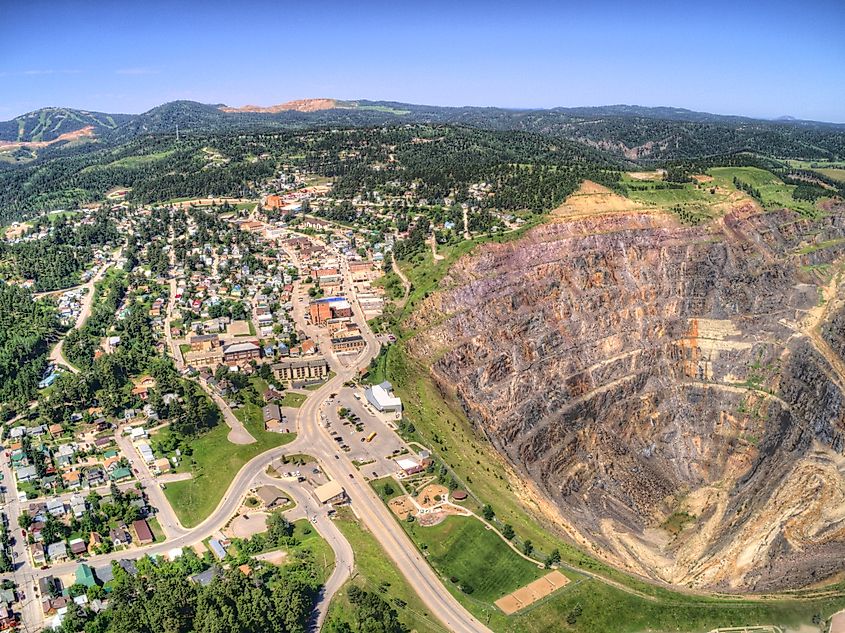
Lead, pronounced as 'Leed,' is a town near Deadwood in Western South Dakota. It's well-known for being home to the largest gold mine in the Western hemisphere - the Homestake Mine. The mine was operational from 1876 to 2001, producing over 40 million ounces of gold. Today, it has been converted into a research facility, attracting some of the best minds in the country. The Sanford Lab Homestake Visitor Center is an interactive museum that showcases the town's rich history as a historic site.
The entire downtown area is listed on the National Register of Historic Places, featuring many turn-of-the-century buildings. Be sure to visit the historic Opera House to hear stories of Lead's early residents or try your luck at panning for gold at the Black Hills Mining Museum. While strolling through the numerous galleries and shops in the downtown district, grab a bite to eat at the Sled Haus, which is famous for its delicious burgers and New York-style sandwiches.
Outdoor enthusiasts will love hiking or biking the many trails in the area, including the George S. Mickelson Trail, located just south of town. This 108-mile-long trail runs through the Black Hills, featuring several tunnels and over 100 converted railroad bridges. The best time to visit Lead is during the summer when most attractions and places of interest are open to visitors. Its proximity to Deadwood makes it an ideal location to explore the area.
Aberdeen
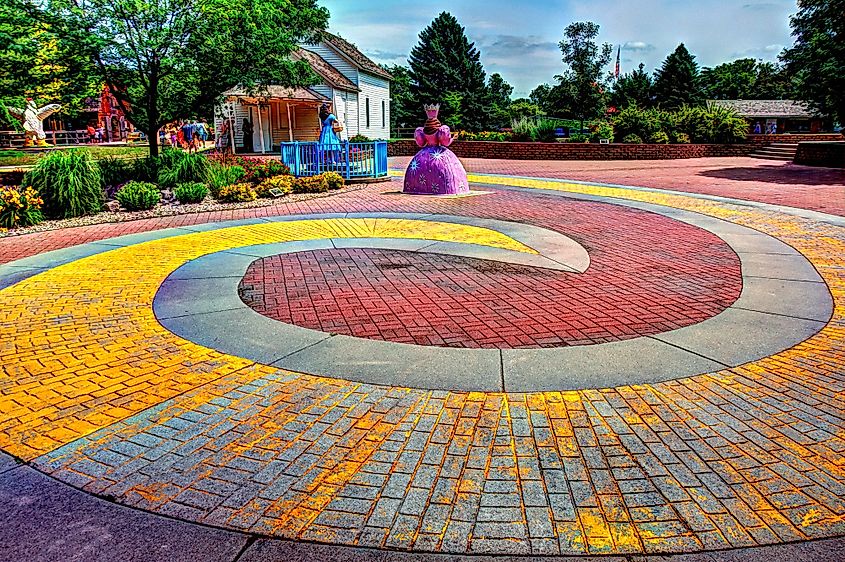
Like many midwestern towns in the Great Plains, Aberdeen owes its establishment to the growth of the railroad. The town became a significant intersection point for four different rail lines, earning it the nickname "Hub City of the Dakotas." This made it a hub of commerce as railroads shipped supplies in every direction to smaller pioneer communities scattered throughout the prairie.
If you want to learn about the region's history, The Dacotah Prairie Museum is one of the best museums to visit. It is housed in the old Northwestern Bank building, which dates back to 1889. The museum showcases the stories of the hard-working and determined pioneers who faced challenging conditions such as rattlesnakes, drought-ridden soil, and Indian raids in their quest to build a new life for themselves.
One of the most famous residents of the town is Frank Baum, who wrote the Wizard of Oz series. During his few years in Aberdeen, he ran a general goods store and used his writing skills to support women's suffrage in one of the town's newspapers. The town celebrates its legacy by organizing multiple festivals and events yearly. In July, the Storybook Land Festival takes place, which features unique children's authors and plenty of arts and crafts activities that are perfect for little hands. While in Wylie Park, young anglers can enjoy fishing for trout in Lake Minne-Oh, where anyone under 16 can fish for free.
Pierre
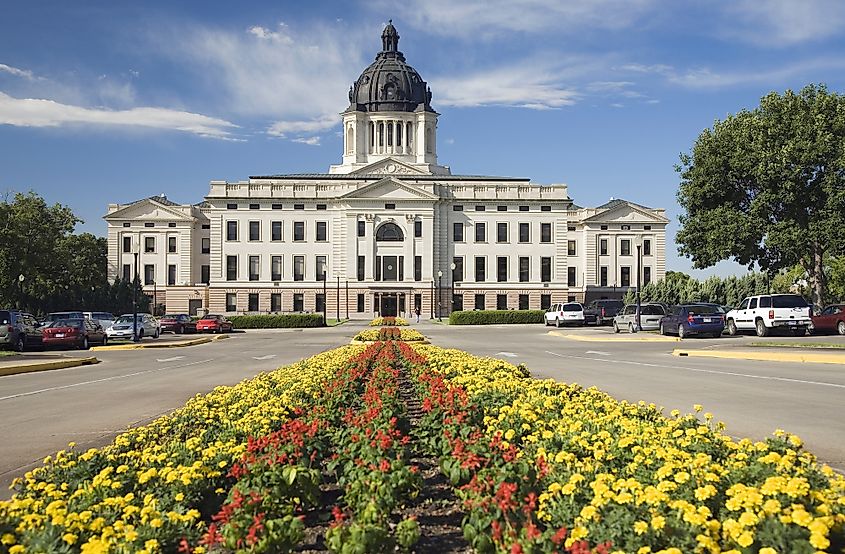
South Dakota's capital may seem small, with only 14,000 residents, but Pierre is a history-filled community. The town was one of the earliest settlements in the Dakota Territory, and Ft. Pierre, which sits right across the river, played a significant role in the Lewis and Clark expedition of the early 1800s. While the town's growth was mainly due to the railroad, its location on the Missouri River made it a valuable resource for pioneers making their way out west.
Visitors today can explore the same trail that Lewis and Clark once walked. The South Dakota State Historical Museum provides detailed information about the lives of the indigenous people who once inhabited the area. On the other side of the river, Fort Pierre is home to many historic buildings and sites. The Verendrye Museum and the Fort Pierre Depot Museum are must-visit places for those looking to learn more about the region's history.There is plenty to do if you are exploring the many museums, strolling through the historic capitol building, or just wandering through the quaint shops and restaurants on Main Street. Do not leave without sampling the steaks at the Cattlemen's Club, an institution in the community since the mid-fifties.
Yankton
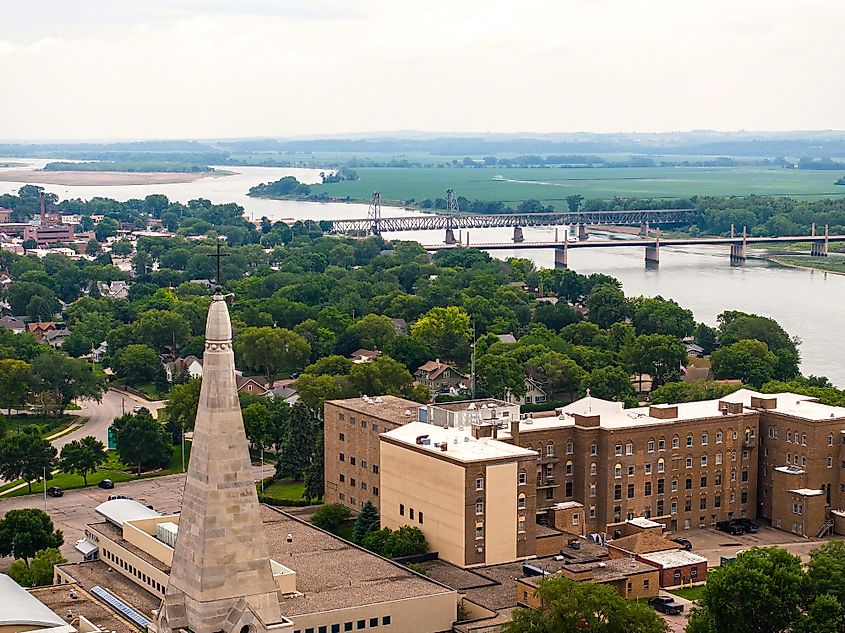
Yankton is a town located in southeastern South Dakota, close to the Nebraska border. The town was named after the Yankton Sioux, who lived along the Missouri River and found the rich soil of the river basin ideal for family living. As part of the Louisiana Purchase, the Lewis and Clark expedition visited the area in 1804, as the explorers mapped and surveyed the vast wilderness for the US government. In the mid-1800s, scores of settlers arrived, and Yankton became a hub for agriculture and river trade.
The discovery of gold in the Black Hills brought even more prospectors to the region, as steamboats often stopped in Yankton to refuel before heading westward. The town is currently celebrating its rich history with a revitalized downtown and many exciting activities. The Lewis and Clark Visitors Center showcases exceptional displays of life on the Missouri River Basin, and many visitors enjoy fishing or camping in the recreational area. If you happen to be in the area, you should visit the Meade Museum, located in a historic hospital north of town.
The Meridian District is home to countless shops, boutiques, and restaurants. The Yankton Area Arts Association is one of several galleries where visitors can enjoy international and regional artists. You can try Willa B's for a delicious home-cooked meal or Ben's Brewing Company for an excellent selection of craft beers.
Mitchell
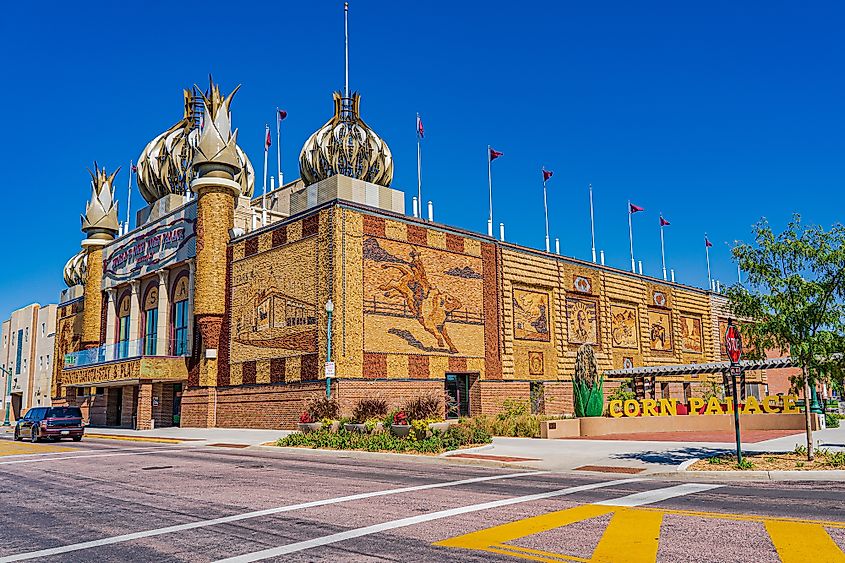
The town of Mitchell is known for its unique love for corn, which may seem unusual to some. However, the community takes pride in celebrating all things maize. One of the most popular destinations in the town is the Corn Palace, which is a must-visit for anyone looking to break the monotony of driving along I-90. The entire building is an eclectic and vibrant example of folk art, with corn as its central theme. Visitors can explore the displays and exhibits inside, which provide insights into the vital role of corn in supporting local agriculture. If you can, take one of the tours because the knowledgeable young guides can add to the experience and answer any questions you may have about, you guessed it, corn.
Although the Corn Palace is a must-see attraction in Mitchell, there are other places that are worth visiting as well. The Dakota Discovery Museum is an excellent resource to learn about the rich history of the Plains Indians, fur traders, and the rise of the railroad. The Guns of History Gallery is another unique collection that showcases firearms and memorabilia. During the summer months, the Mitchell Prehistoric Indian Village is one of the top archaeological sites in the state. If you enjoy outdoor activities, make sure to check out Lake Mitchell, which is located just north of the town. With over 13 miles of trails around the lake, it's a popular spot among both locals and visitors.
The small towns scattered throughout South Dakota offer a unique glimpse into life on the Great Plains. From the earlier inhabitants who lived in harmony with the land to the rush of gold prospectors and outlaws who sought an easy way to get rich, the state has many excellent museums and historic sites. Each location has a wonderful legacy that needs to be maintained and preserved. The grit and fortitude of these early pioneers can help teach us the best ways to face our futures, no matter what comes our way.
